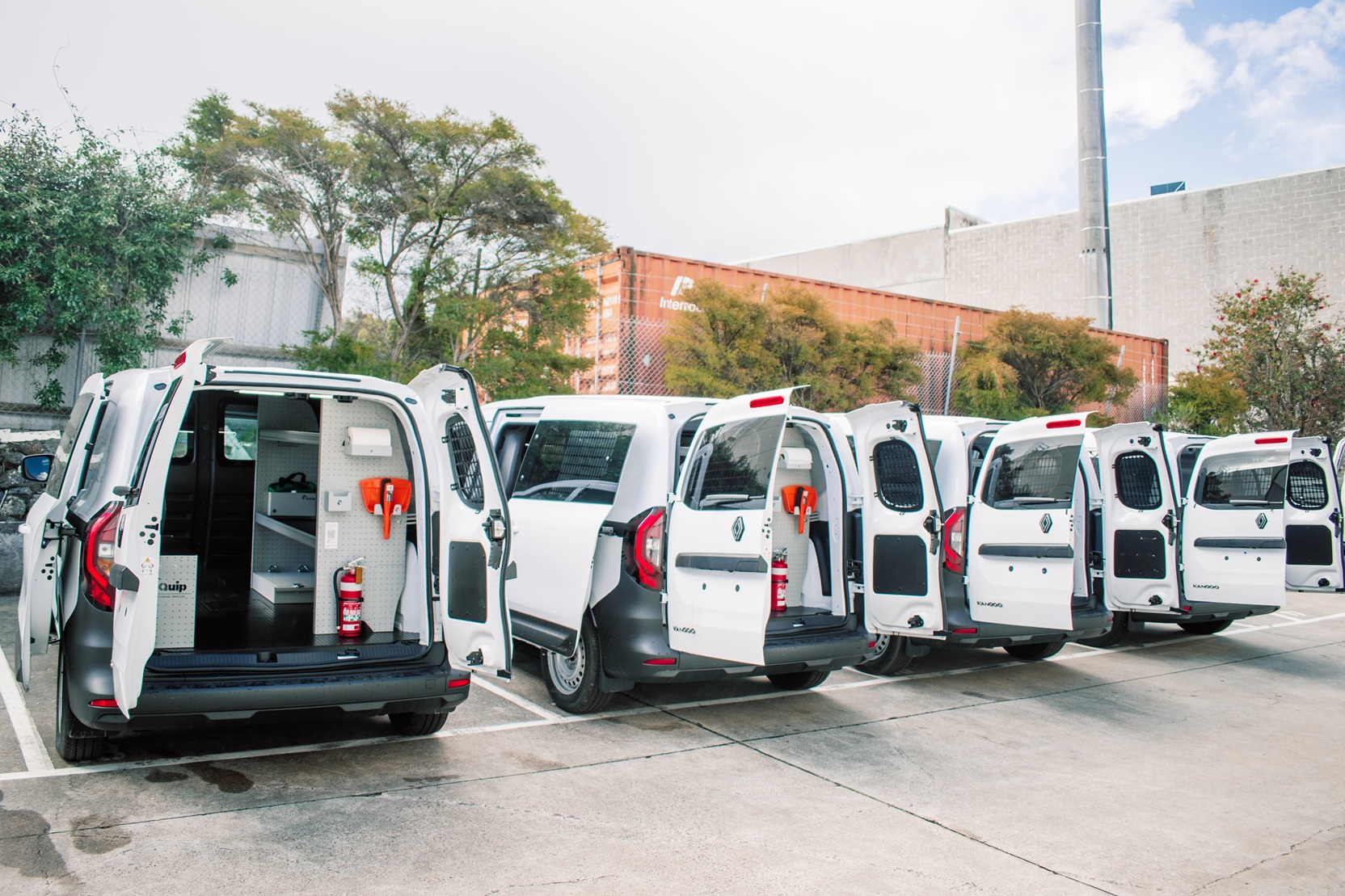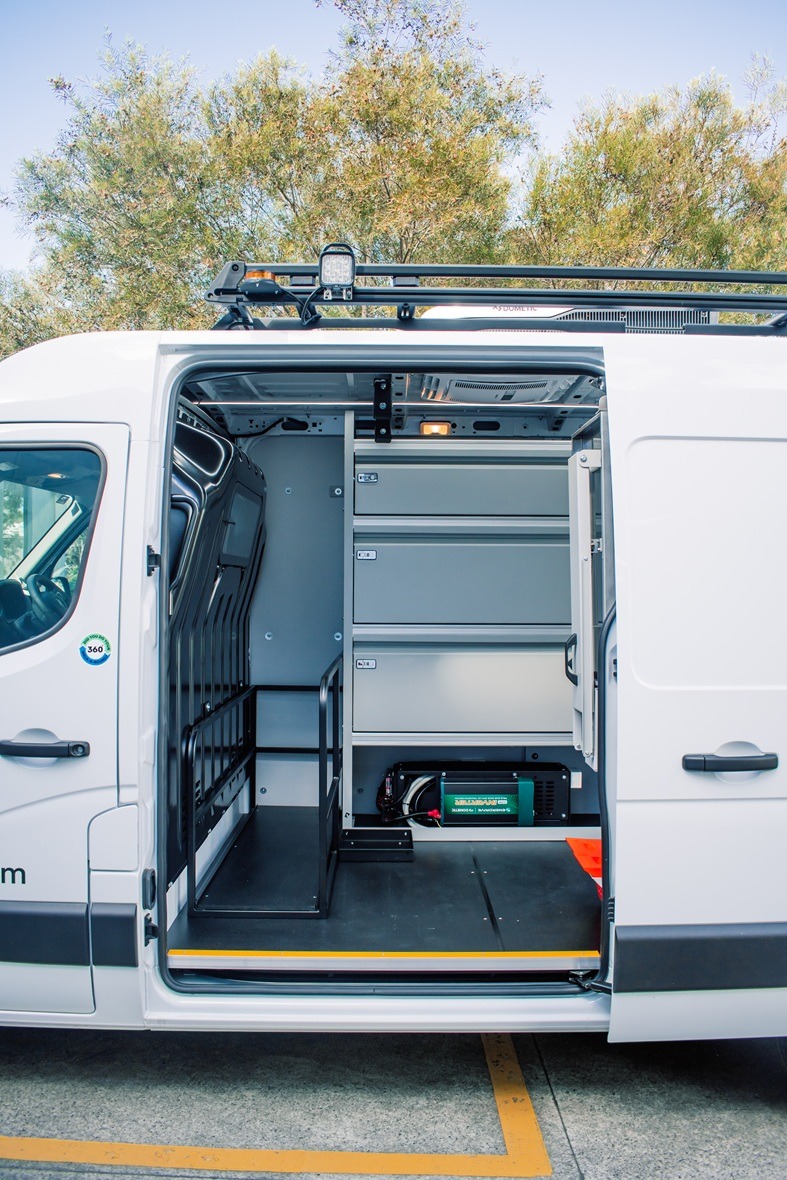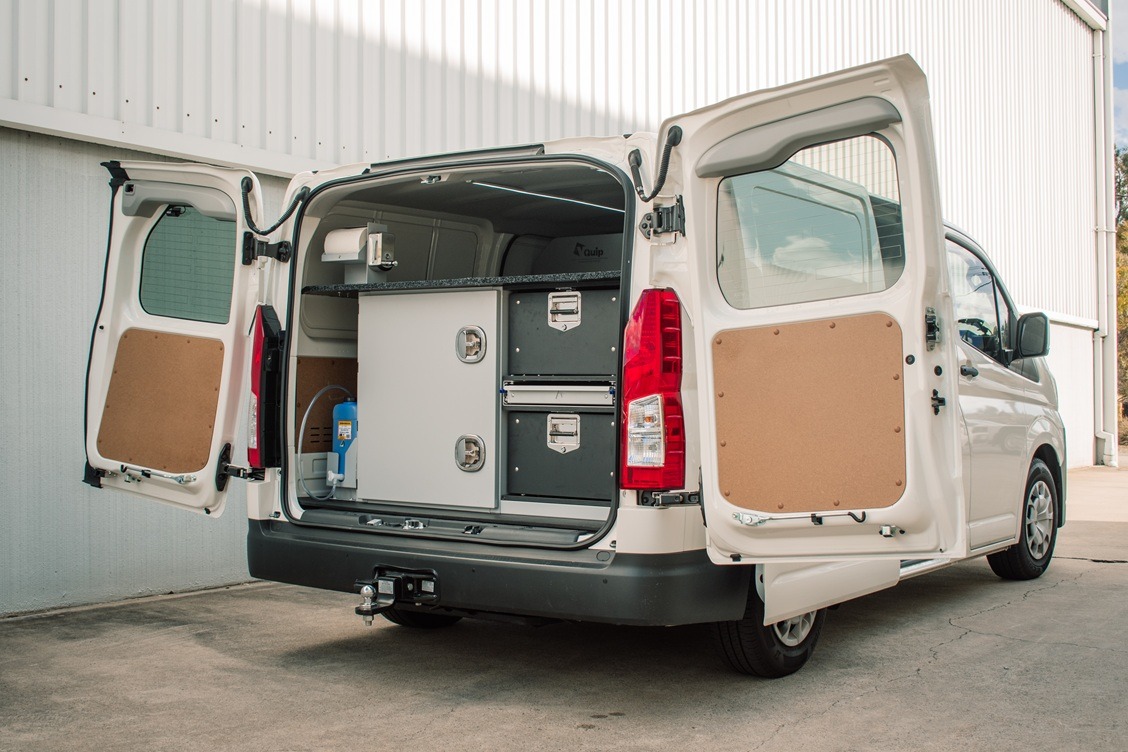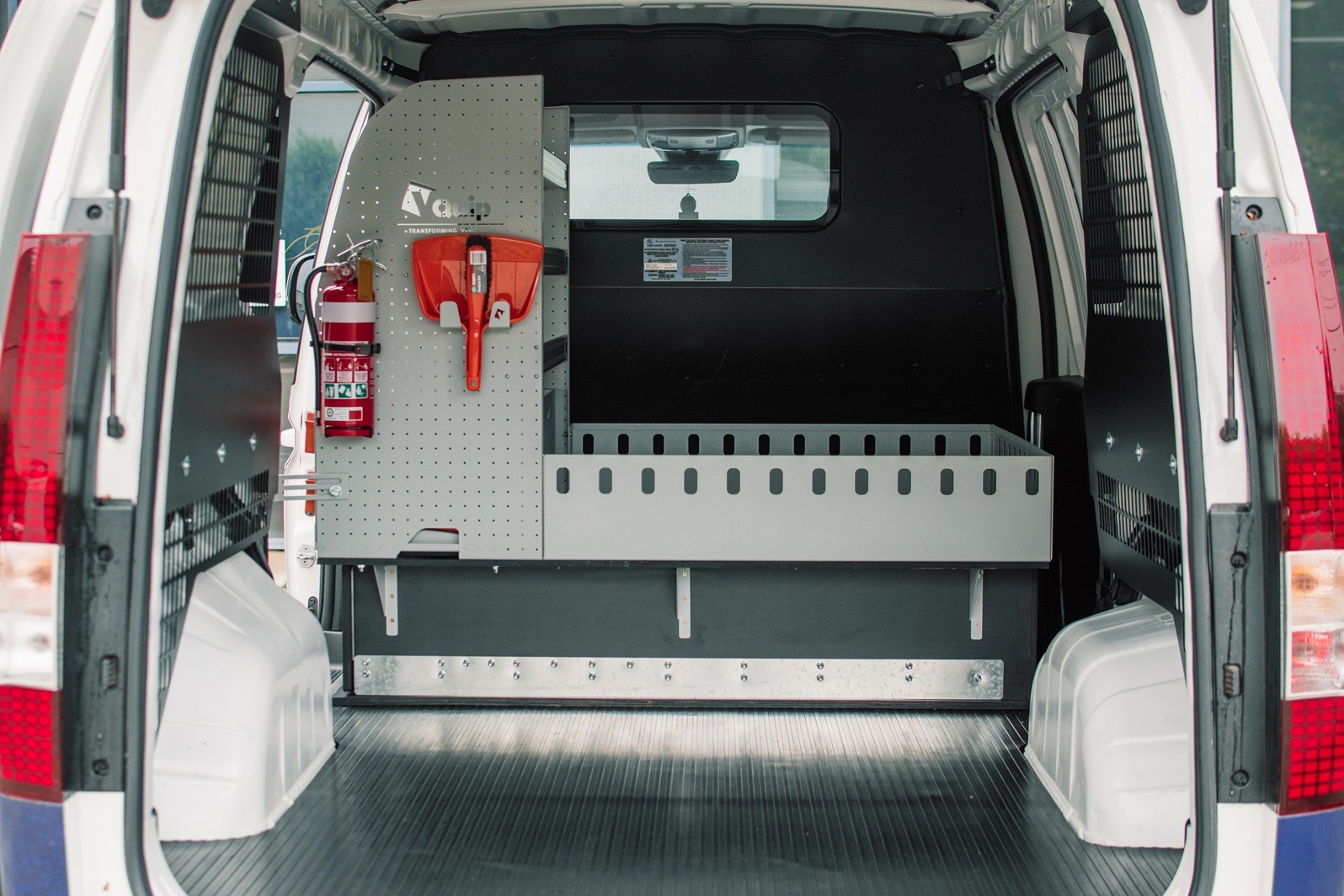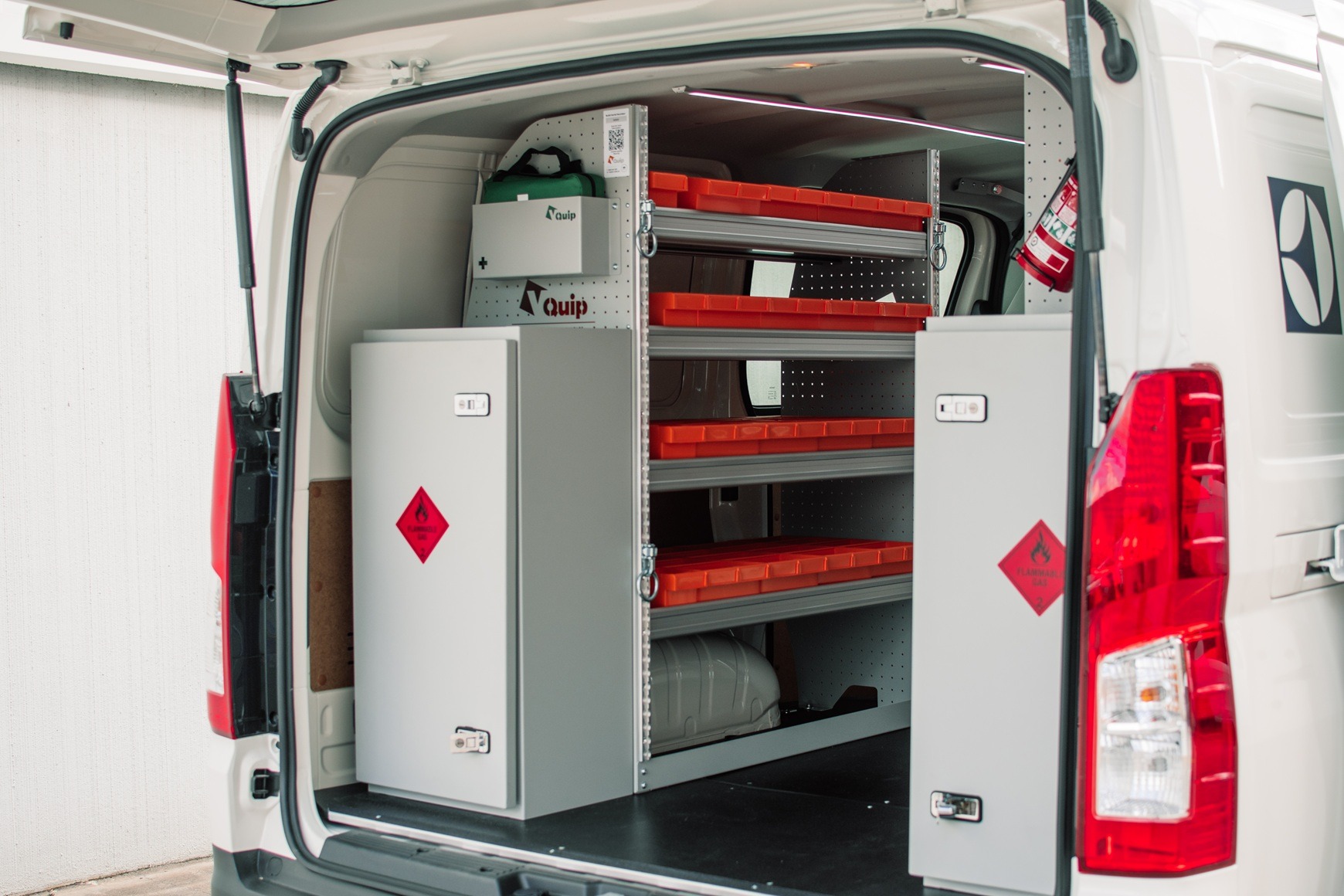
How to Calculate Your Vehicle’s Usable Payload: A Simple Guide for Australian Businesses
May 12, 2025
When it comes to commercial vehicles, one of the most important figures to know is your usable payload. Whether you’re fitting out a van, ute, or cab chassis, understanding how much weight you can safely and legally carry is crucial for staying compliant, protecting your team, and avoiding unnecessary wear and tear on your vehicle.
It’s a question we’re often asked: “How do I work out my payload once the vehicle has been fitted out?” In this article, we break it down step by step so you can calculate your usable payload with confidence.
What is Payload?
In simple terms, payload refers to the maximum amount of weight your vehicle can carry, including cargo, passengers, tools, and any additional equipment. It’s determined by the difference between the vehicle’s Gross Vehicle Mass (GVM) and its kerb weight (the weight of the vehicle with fluids and fuel, but no passengers or cargo).
However, it’s not as straightforward as just looking at the brochure specs—once you’ve added a service body, racking, shelving, or any other fitout, these modifications reduce how much you can legally carry.
👉 That’s why it’s critical to calculate your usable payload after fitout, not just the theoretical maximum.
Step 1: Know Your Vehicle’s Gross Payload
Start by checking your manufacturer’s specifications for your base vehicle. For example, let’s say you’ve chosen a Ford Transit Single Cab Chassis FWD 350 L2.
The manufacturer might list the vehicle’s gross payload as 1769 kg. This figure typically already accounts for fluids like fuel and oil but may or may not include allowances for the driver or passengers. Always double-check the fine print in the specs, as this can vary between vehicle brands and models.
✅ Key takeaway: Use the gross payload figure provided by the manufacturer as your starting point.
Step 2: Subtract the Weight of the Fitout or Service Body
Next, you’ll need to account for the weight of any modifications or fitouts added to the vehicle. This includes:
- Service bodies or canopies
- Racking and shelving systems
- Toolboxes or drawer units
- Roof racks or ladder carriers
- Any other permanent fixtures
For example, if you’ve fitted a steel service body that weighs 450 kg, you’ll need to subtract this from your gross payload figure.
👉 The weight of the fitout will vary depending on materials and design—lighter aluminium bodies will reduce your impact on payload compared to heavier steel bodies.
Step 3: Subtract Driver and Passenger Weight
Remember, the people in the vehicle count toward the payload too! For a realistic calculation, it’s standard to allow 100 kg per person (driver and crew).
So, if it’s just the driver, you subtract 100 kg. If you regularly carry a passenger or two, you’ll need to subtract 200 kg or 300 kg accordingly.
✅ It’s better to be conservative in these estimates to stay within safe and legal limits.
Step 4: Work Out Your Usable Payload for Cargo and Equipment
Once you’ve deducted the fitout weight and the driver/crew weight from the gross payload, you’ll be left with your usable payload—the remaining weight available for tools, equipment, materials, and goods.
Here’s an example calculation:
| Gross Payload | 1769 kg |
| Less Fitout Weight | -450 kg |
| Less Driver Weight | -100 kg |
| Usable Payload for Cargo | 1219 kg |
In this case, you’d have 1,219 kg left over for your tools, equipment, and materials.
👉 If you regularly carry heavy items, it’s essential to know this figure so you don’t accidentally exceed the vehicle’s GVM.
Why This Matters
Exceeding your vehicle’s GVM can have serious consequences, including:
❌ Fines and penalties for breaching weight limits
❌ Voided insurance claims in the event of an accident
❌ Increased wear and tear on brakes, suspension, and tyres
❌ Reduced safety and handling performance
In addition, overloaded vehicles may breach Work Health and Safety (WHS) obligations, exposing your business to compliance risks.
By knowing your usable payload, you’re better equipped to:
✅ Choose the right vehicle for the job
✅ Avoid overload fines
✅ Plan fitouts that balance functionality with weight
✅ Protect your employees and assets
Choosing the Right Fitout Partner Matters Too
When planning a fitout, it’s important to work with a partner who understands the impact of weight on your fleet’s compliance and performance. Lightweight materials, clever storage design, and modular solutions can help you maximise payload without compromising durability or safety.
At VQuip, we specialise in commercial vehicle fitouts that balance strength, weight, and functionality—helping businesses across Australia stay compliant, efficient, and productive.
Final Thoughts
Calculating your vehicle’s usable payload isn’t just a one-time task—it should be revisited whenever you modify or add equipment to your fleet. By taking the time to work out this crucial figure, you can avoid costly mistakes and keep your vehicles safe and roadworthy.
If you’re unsure about your current payload limits or are planning a new fitout, get in touch with the team at VQuip. We can help you design a solution that meets your operational needs while staying within legal weight limits.
